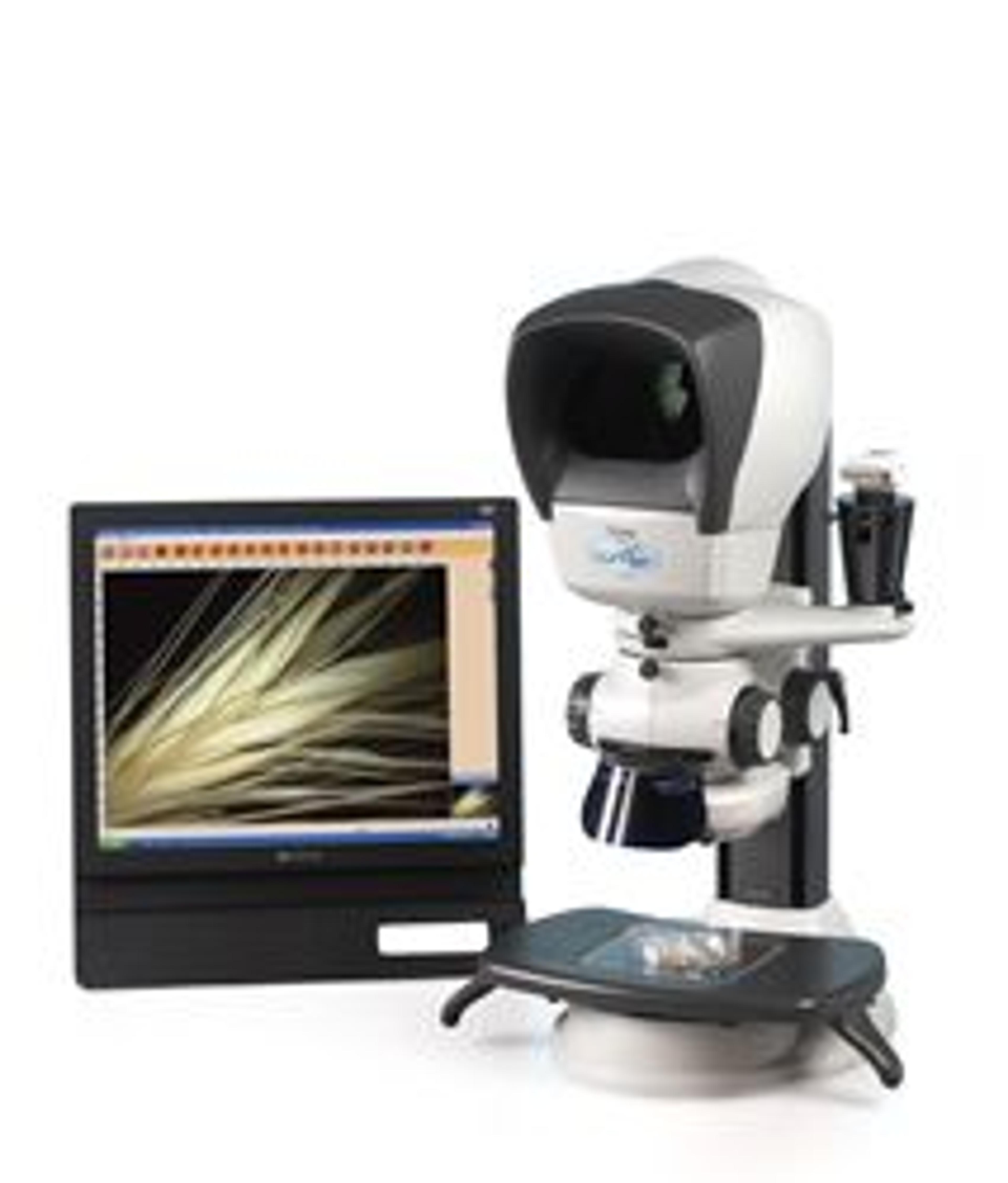Closing the Gap on Stem Cell Research.
12 Jun 2008Genopole® was setup in 1998 and today the impressive campus site in Evry, houses over twenty research laboratories in addition to nearly forty innovative biotechnology companies and the University of Evry-Val-d’Essonne. Genopole® helps to promote the development of large scale biological activities and to make France a major competitor in the world of science and industry.
ISCMD is based in Evry, near Paris in France. ISCMD is a research laboratory of Genopole® International and is dedicated to improving our knowledge and understanding of stem cells for the development of therapies for human diseases like Parkinson’s Disease, Alzheimer's disease, heart disease, stroke, arthritis, diabetes, burns and spinal cord damage.
Stem cells are cells that reside in the human body and more specifically the tissue within embryos is believed to be the most adaptable because they are pluripotent and therefore can become any cell performing any function within the body. There are different types if stem cells, each performing a different particular function within the body. For example, stem cells that are located in the kidneys perform specific kidney related tasks and cannot be instructed to perform different tasks and transported into different areas of the body. However, the stem cells do retain potential hence a large number of laboratories worldwide, are experimenting with live stem cells daily, to understand and develop their maximum potential. However, there is still a lot of work to be done and Genopole® is one of the institutions leading the way.
During stem cell research, scientists need to implement a number of processes including the harvesting, inspection and the dissection of cells. To minimise degeneration and contamination, sealed extraction cabinets are used so that scientists can carry out their procedures from outside the cabinet, while the cells are magnified inside the cabinet by the Lynx. Traditionally, it would have been difficult to inspect the stem cells under magnification because the eyepieces of the microscope would have been inside the laminar flow cabinet. However, as the Lynx does not have eyepieces but benefits from a viewer, the operator does not need to place their eyes directly in front of the binocular eyepieces.
Vision Engineering’s patented Dynascope® head is the key feature of the Lynx, allowing the system to deliver optimum clarity and pin sharp accuracy through a viewer instead of binocular eyepieces. It is the ‘eyepieceless’ viewer that allows the Lynx to be utilised behind the glass, where the operator can view the subject without the need to be directly in contact with the microscope. Unlike conventional microscopes that have binocular eyepieces, the Lynx (with the ‘eyepieceless’ viewer) allows operators to wear prescription spectacles, even while the operator is viewing the subject through the microscope, when it is inside the laminar flow cabinet. Additionally, the Dynascope® head of the Lynx allows for significantly more head movement and flexibility, of the operator compared to conventional eyepiece microscopes. This unequalled flexibility, plus the range of vertical adjustments available on the Lynx, allows the instrument to be quickly set up at perfect eye level for any operator and, correspondingly, to enforce correct posture from behind the glass.
The scientists at ISCMD concentrate on harvesting the stem cells so that they can be used for further research. Usually the stem cells are harvested within incubators but, once the cells have been successfully harvested, they require the scientists to dissect the samples to separate the cells using a micro manipulation pipette.
This delicate process requires high magnification and superb clarity, to enable the scientists achieve accurate dissections. In addition to the high clarity through the unique Dynascope® head, the Lynx enhances the contrast of the stem cells by the tilting mirror within the substage of the unit. This creates a pseudo effect for both darkfield and brightfield maximising the contrast of the cells for both inspection and manipulation. Both the darkfield and the brightfiled are important features for both dissection and inspection. Inspecting the stem cells for their structure, any granulation and the general morphology of the cells is important for maintaining the continuing high quality of the samples. If the cells had started to degenerate and the morphology of the cells were not up to the required standard, the time and money wasted using them for research would be costly.
The scientists at Genopole® and in particular The Institute of Stem Cells in the Treatment and Study of Monogenic Diseases have, invested in Lynx specifically for the advantage of being able to utilise the system within a laminar flow cabinet. Their ongoing research to develop therapies for genomic diseases is imperative for improving our world and aiming to prevent diseases such as Parkinson’s Disease. Specialised adapted environments and equipment assist in the innovative research allowing scientists at the Institute of Stem Cells in the Treatment and Study of Monogenic Diseases to make ground breaking discoveries become reality.

